PETERSON AIR FORCE BASE, Colo. - The Joint Tactical Ground Station (JTAGS) Best Crew Competition is a program which offers Soldiers from 1st Space Company, 1st Space Battalion, the opportunity to prepare, train and show their skills in a profession that they alone represent. Because 1st Space Company is the only theater missile warning unit in the Army, the competition not only identifies the best theater missile warning crew in the company, but also the best crew in the Army. These crews are without question the best in the world at what they do.
An evaluation team consisting of representatives from 1st Space Company, 1st Space Battalion and 1st Space Brigade, took approximately four weeks to cover all four JTAGS sites around the globe in their quest to identify the best crew at each site, as well as the best overall crew within the company. The competition consisted of nine events that were evaluated over a four day period.
At each site, the competition began with a record Army Physical Fitness Test that measured the physical fitness endurance of all crews as well as the detachment as a whole. The European Command JTAGS detachment received the highest overall APFT average of 274 points and will receive a physical fitness streamer for excellence to recognize the achievement.
The APFT was followed by a one hundred question, closed book, written examination covering regulations, policies and procedures surrounding missile warning. The crews then endured a rigorous and extremely challenging event processing exercise that stressed the crews with a myriad of missile events and other infrared special events. The competition also included a written situational paper exercise, a fault detection/fault isolation (maintenance troubleshooting) event, antenna assembly and emplacement, Army Warrior Task evaluation, and crew presentation.
The Army Warrior Task evaluation was initiated with a no-notice detachment recall, weapons draw and inspections. This allowed for an assessment of not only the readiness and preparedness of the JTAGS crews, but also the readiness of the entire detachment.
The most non-standard event of the competition with regard to JTAGS operations was the crew presentation. The crews were given the task, conditions, and standard for the presentation during the opening brief on day one of the competition. Over the following two days of competition, the crews prepared an informative briefing on the dismount of the JTAGS system, to include suggested system improvements, optimal geographic location for the system, and the benefit to the supported theater. The results brought forward by the crews were beyond impressive. Many of the suggested improvements to the system were so innovative, practical and relevant that they are currently being packaged for presentation to the JTAGS Product Office for consideration in future upgrades.
In the end, Staff Sgt. Jonas Moody, Sgt. Brandon Smith and Spc. Vyncent Beasley otherwise known as Charlie Crew, JTAGS Central Command took the top prize as the best crew in all JTAGS.
The best crew competition was a tremendous success and proved extremely rewarding for both the command and the Soldiers of 1st Space Company. It provided the command an opportunity to watch every crew in JTAGS perform what they are trained to do, and assess not only who is the best, but to assess the overall operations at each JTAGS site. The return was far greater than anticipated and the lessons learned from this year's competition are already integrated into a plan for an even better competition next year. Most importantly, the competition afforded the individual Soldiers and crews a goal and a target to strive for that went beyond the day-to-day routine of providing early warning for those deployed in harms way. The evaluation team witnessed a high level of camaraderie and esprit de corps among the Soldiers and crews that truly represents the spirit of the American Soldier. The competition also provided a reminder that the United States, its deployed Soldiers, Sailors and Airmen, and friends and allies can indeed rest assured as long as JTAGS operators are on mission.
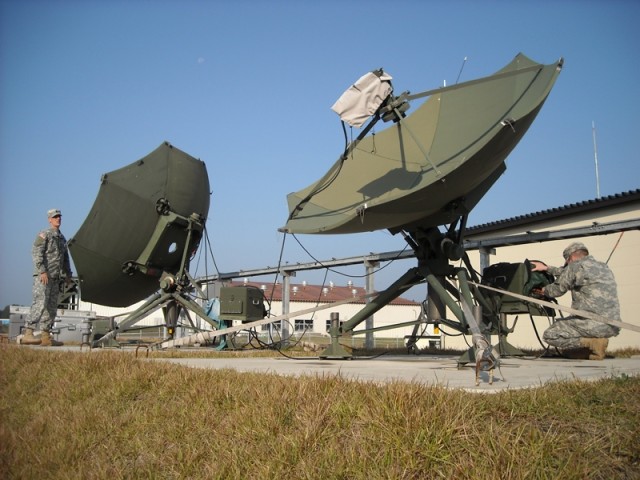
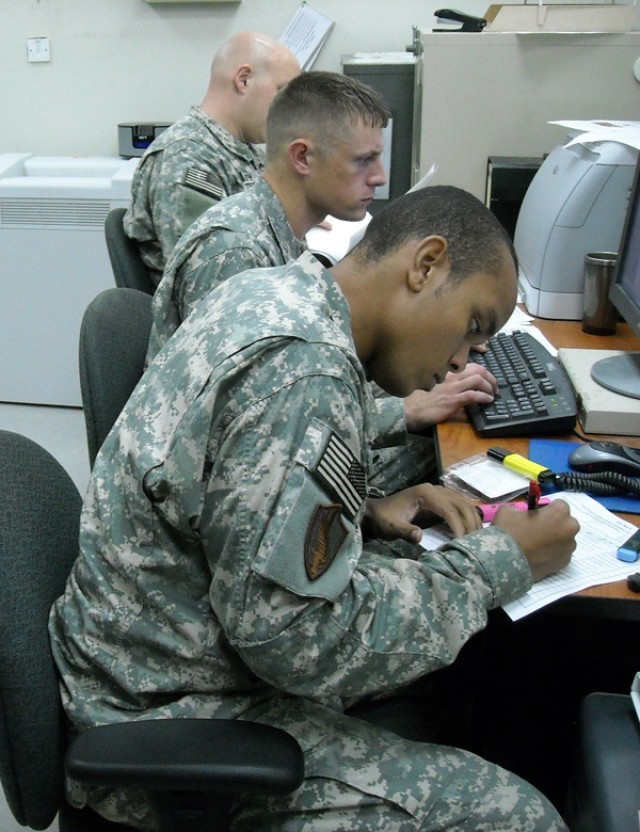
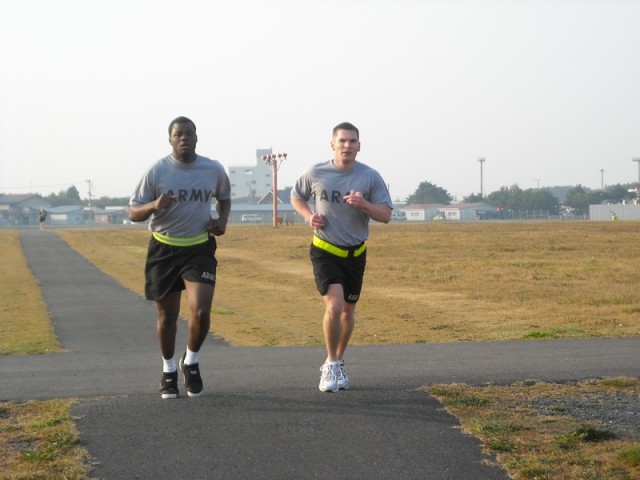
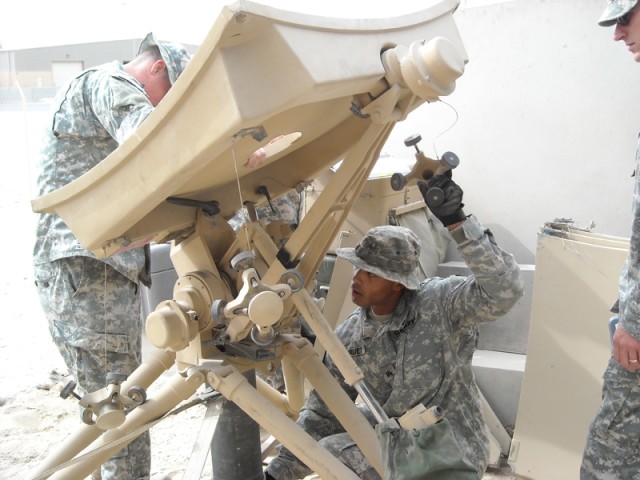
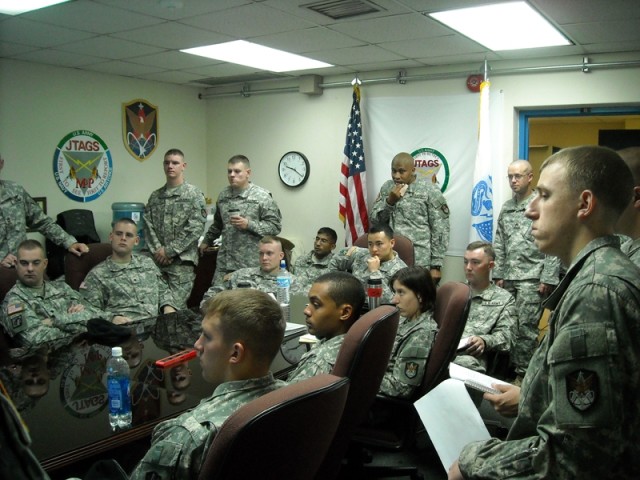
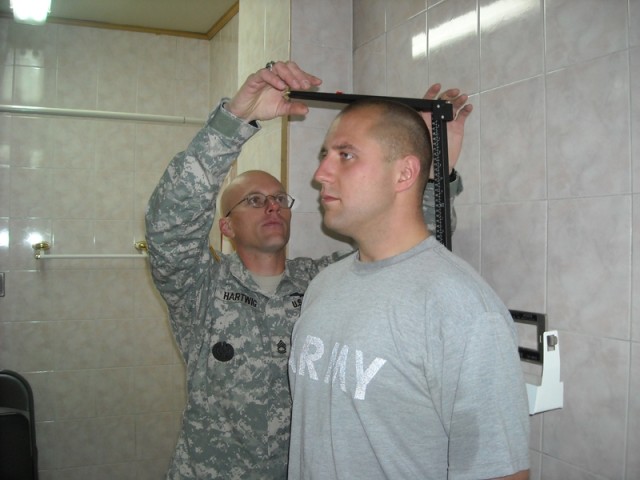
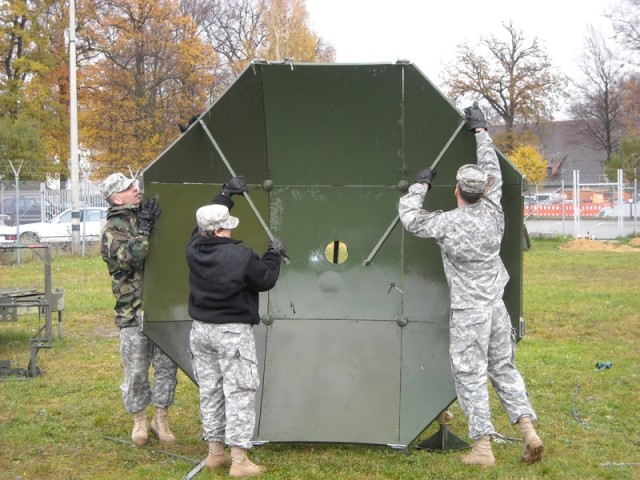
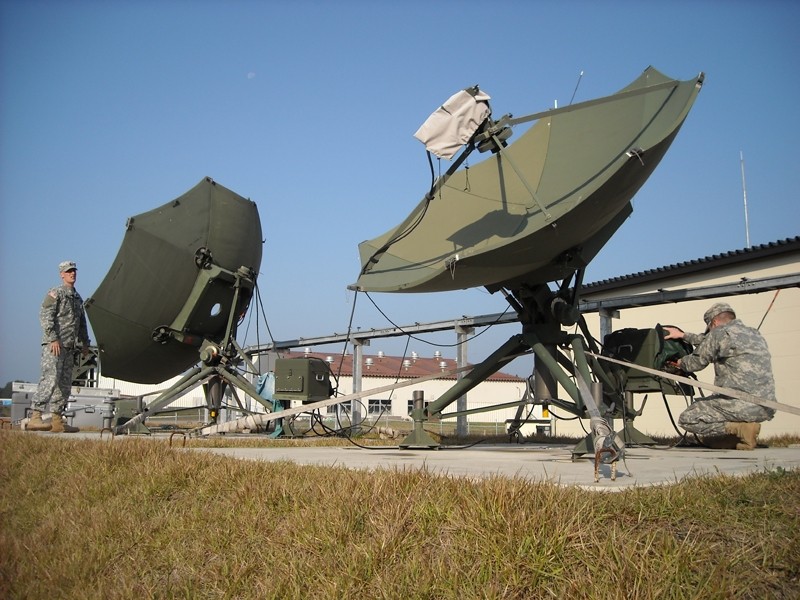
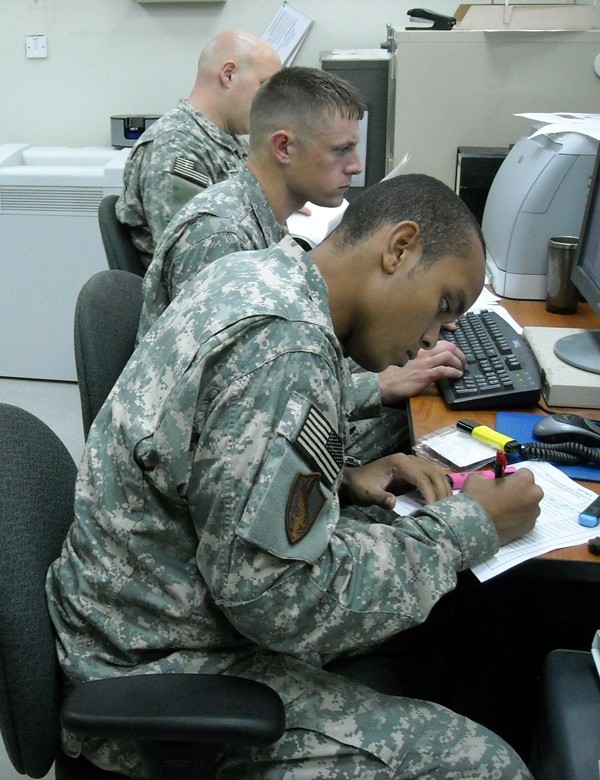
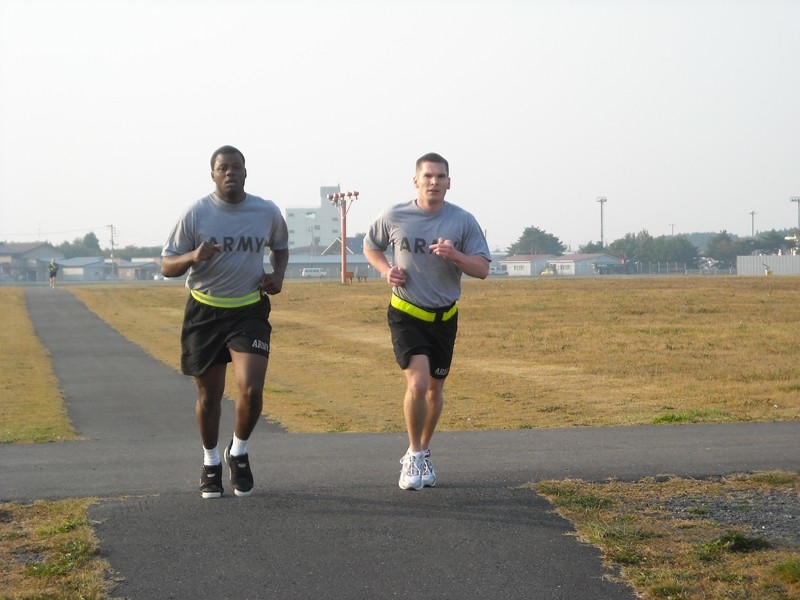
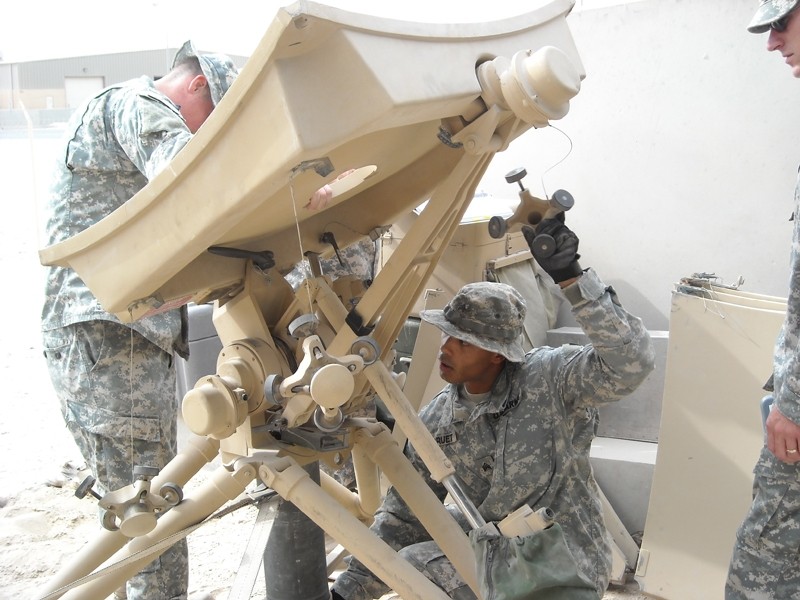
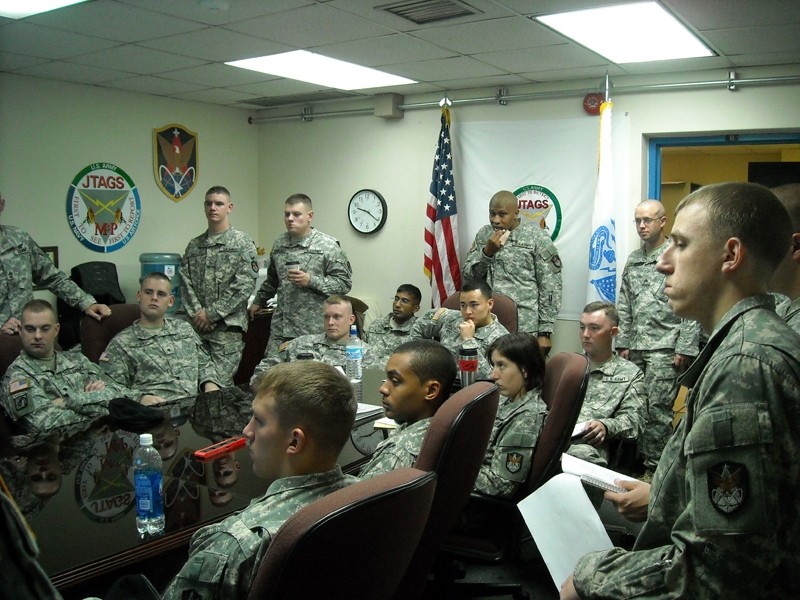
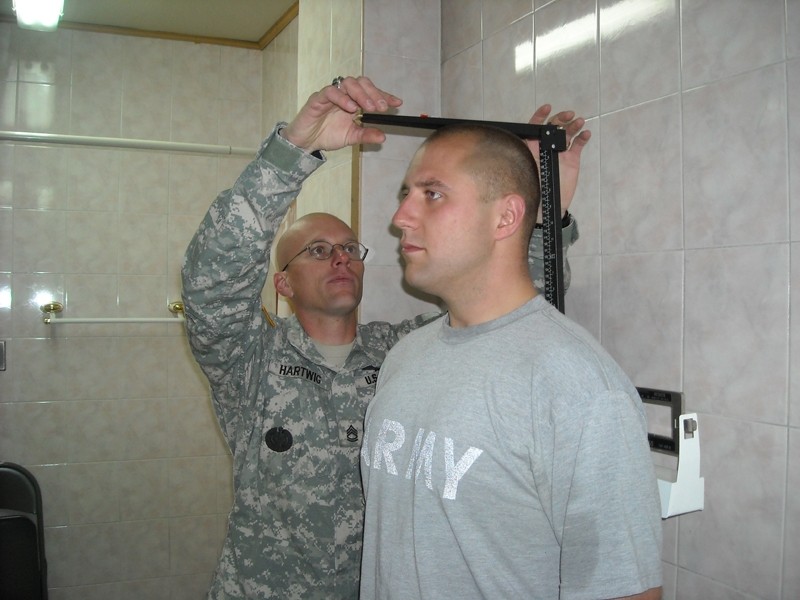
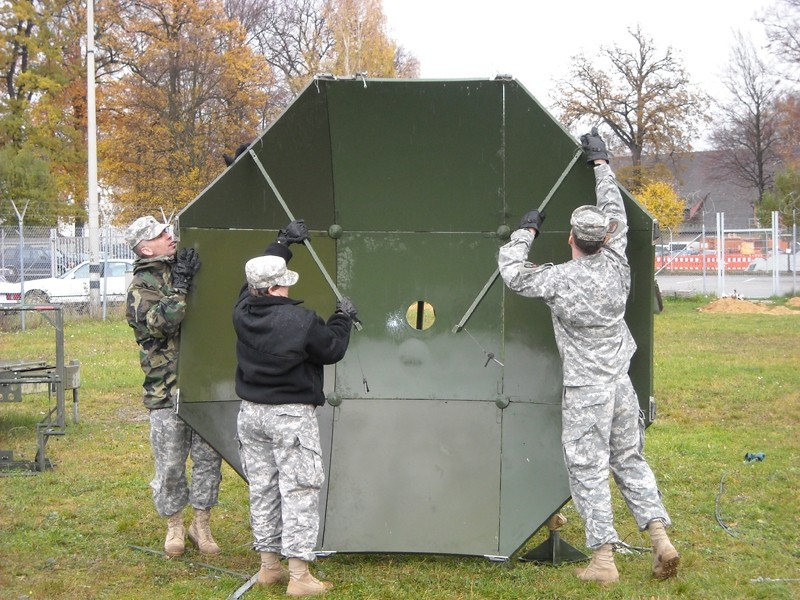
Social Sharing